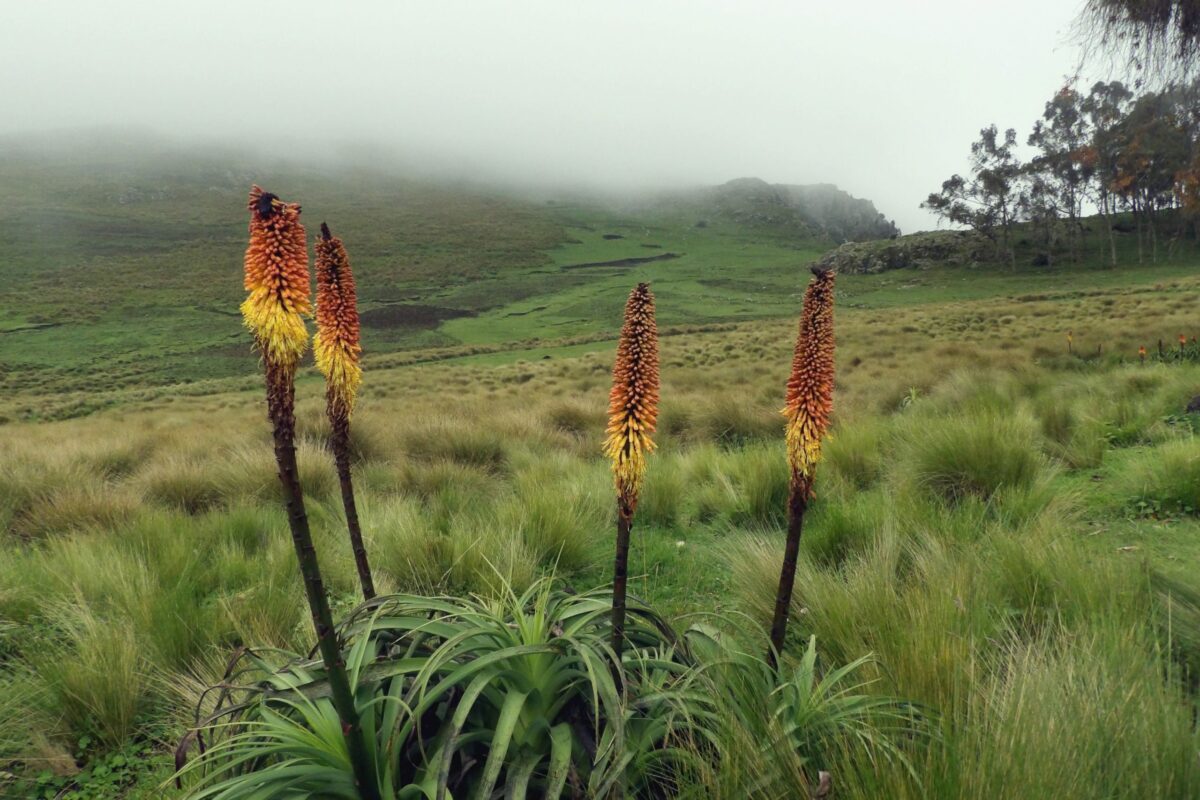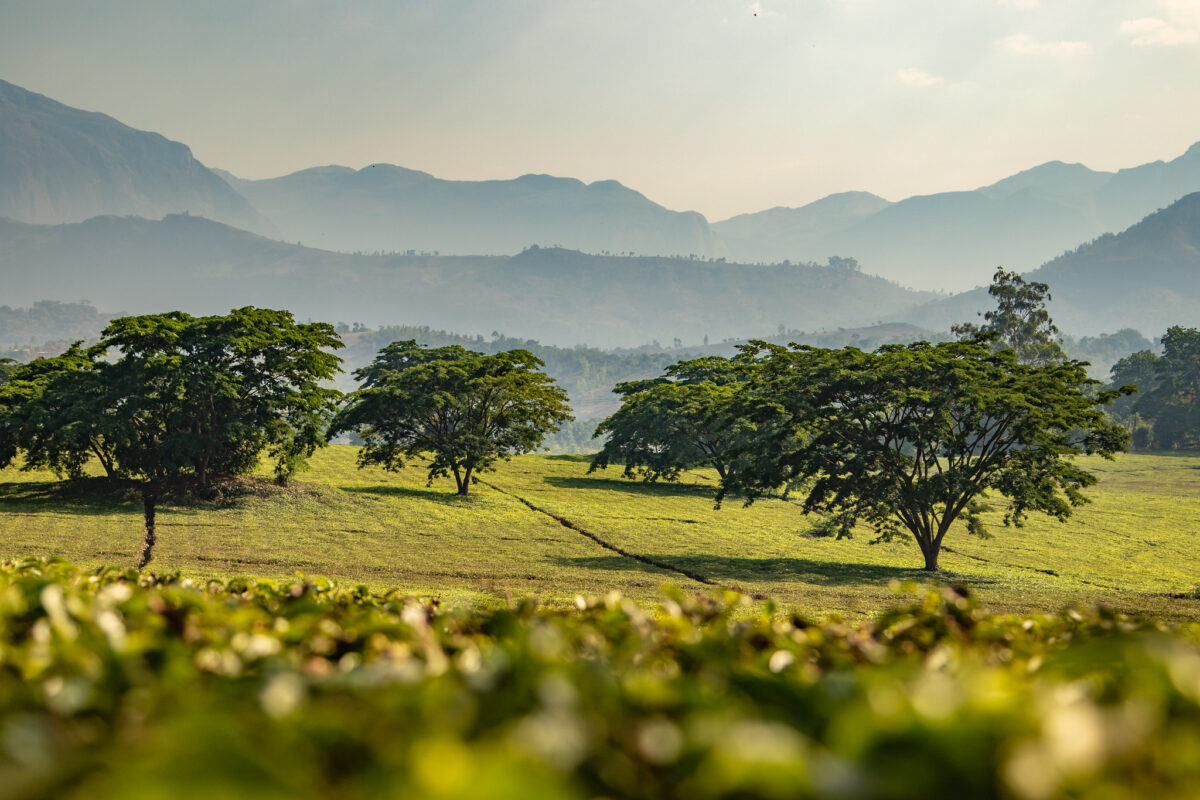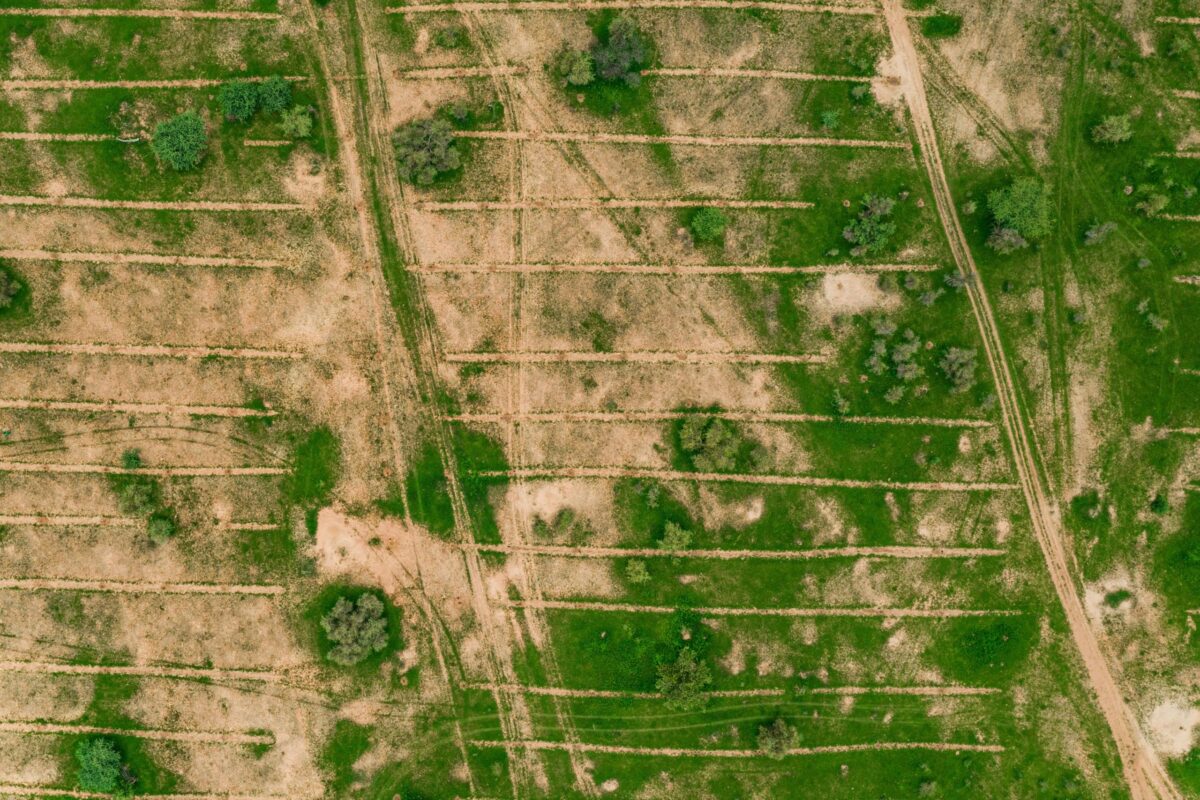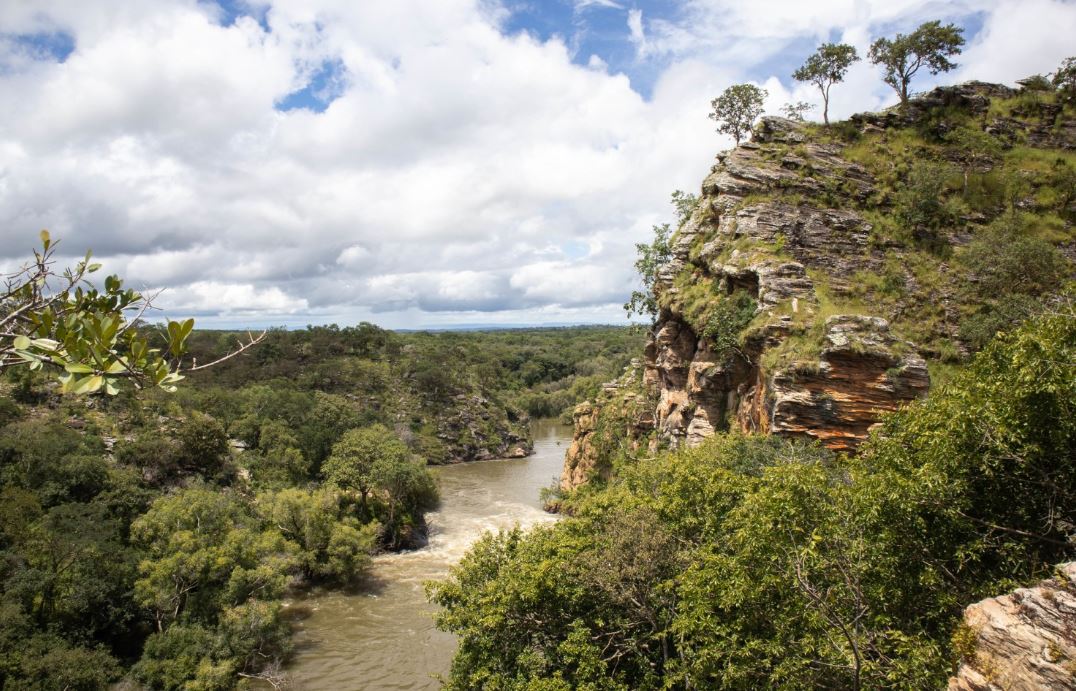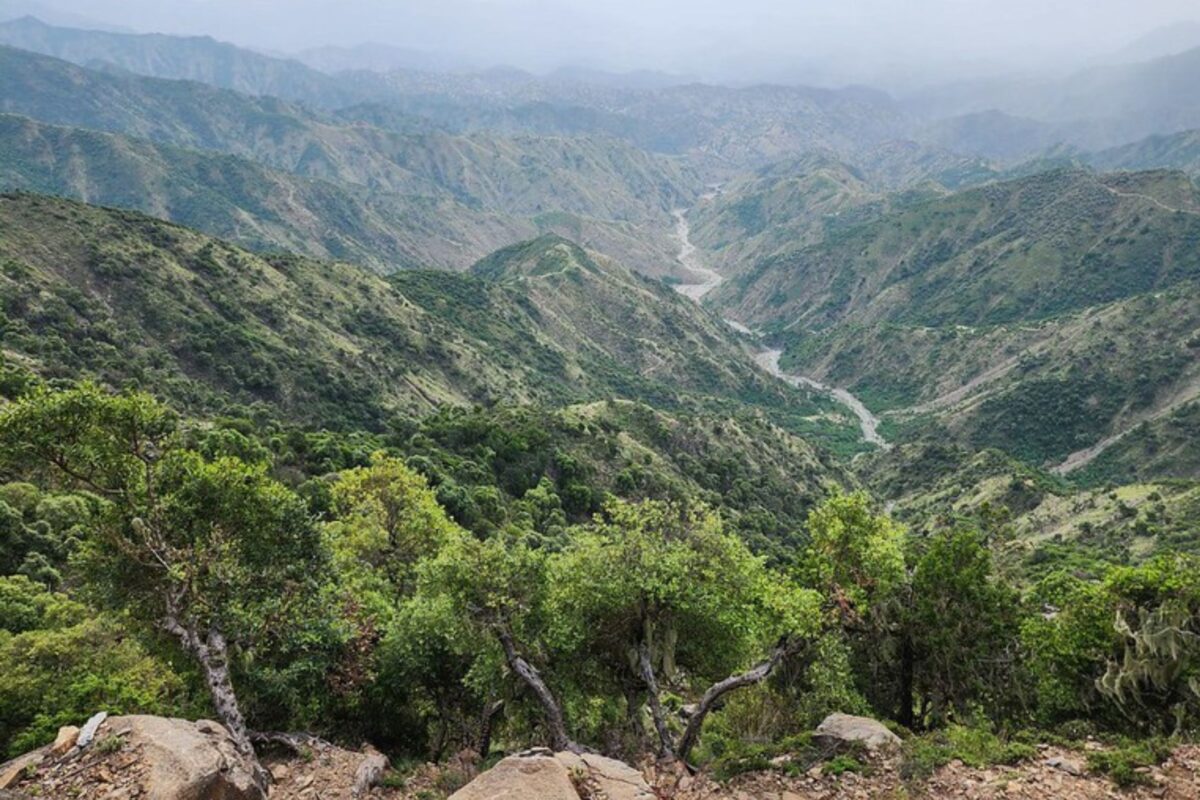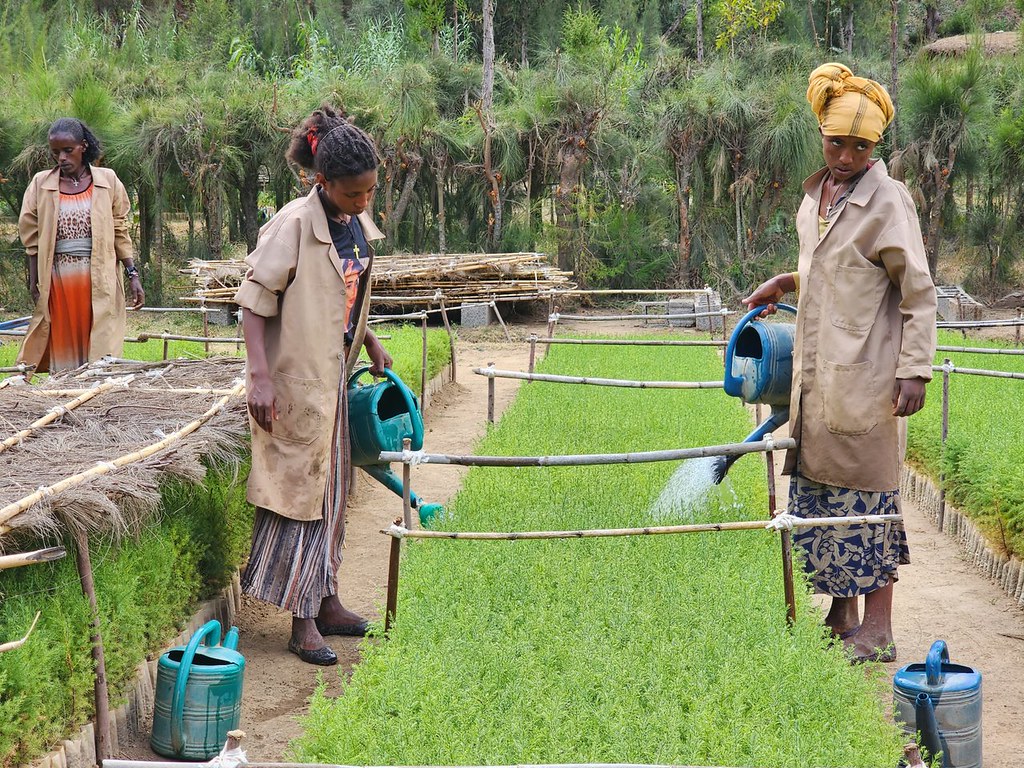Currently SDG Coordinator at Group on Earth Observations (GEO), Laurent’s scientific expertise is on Amazon deforestation and its impact on cloud cover.
Q: Why are rainforests so important?
As well as being home to more than half of Earth’s plant and animal species, rainforests are important for everybody on this planet, as they regulate the climate by capturing, storing and transferring back to the atmosphere the gigantic amount of energy and water that they receive. All Earth’s important cycles, from carbon to water and even solar radiation absorption need rainforests. Humanity’s current challenge to mitigate climate change depends on the rainforests’ capacity to sequester carbon – in fact, half of Earth’s carbon is stored in terrestrial vegetation!
Q: Why are rainforests so critical for climate?
Tropical rainforests are located around the globe near the equator, where the sun’s radiation is strongest – they absorb and transfer more energy than forests in other areas. The energy is transformed into clouds, which are actually a chaotic, complex system that mixes water, electricity and dust in a majestic ballet around the globe, taking the energy and water from the Earth’s surface up to the troposphere.
I studied the effect of deforestation in the Amazon on the life cycle of cumulonimbus, giant clouds that are responsible for more than 80% of the rain in this region. We could see first-hand that deforestation had a strong impact on these clouds. When we cut down the trees, the humidity goes up differently in the atmosphere and the resulting clouds are not the same. The water cycle becomes faster, more chaotic – and we’ve all seen the potentially devastating results of short, extreme climate events.
Q: How much rainforest is already lost?
Every second, more than a hectare of tropical forest is destroyed or drastically degraded. Today half of the Earth’s rainforests have been lost by deforestation, fires or flooding. The reasons are mainly economic, but they are also sometimes criminal or resulting from political negligence – and more recently they have been linked to climate change, in particular when forest fires get out of control because of drought or abnormally high temperatures.
Q: What will happen if deforestation continues?
The loss of humidity and rainfall when a rainforest canopy is deforested or degraded leads to what we call “savanisation”: large areas of forest turning into savannahs. A terrible vicious cycle starts: fewer trees on these mixed woodland-grassland ecosystems means less water and more fires, resulting in major desertification in the rest of the continent. There would be less agricultural yield, less hydroelectricity, and less fish production. Climate change would accelerate, as a large amount of CO2 would result from the fires and droughts.
Q: Is there any hope?
There are ‘positive tipping points’, where a positive loop feeds itself, like the rainforest creating its own rain that then supports the rainforest expansion. Positive tipping points can be built on the strong resilience of many living systems, as well as on our capacity as humanity to design positive solutions at a global scale, relying on the knowledge and wisdom of indigenous and local communities.
Personally, I get a lot of energy and hope from taking action. I joined the WeForest board to contribute to science-based forest restoration, demonstrate that solutions exist and call everyone to join the movement.
Find out more about World Rainforest Day at https://www.worldrainforestday.org/


